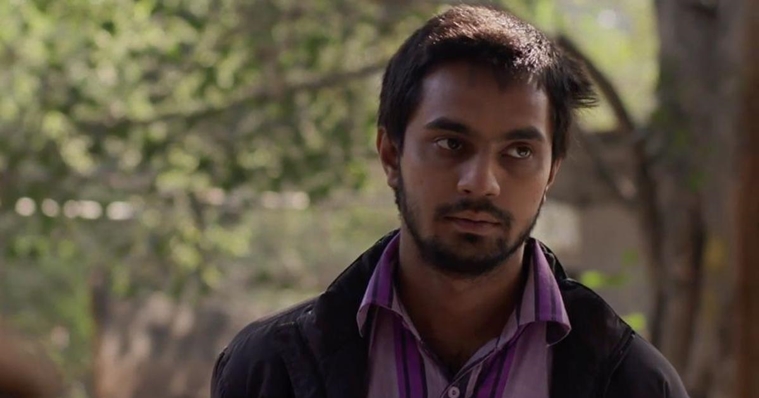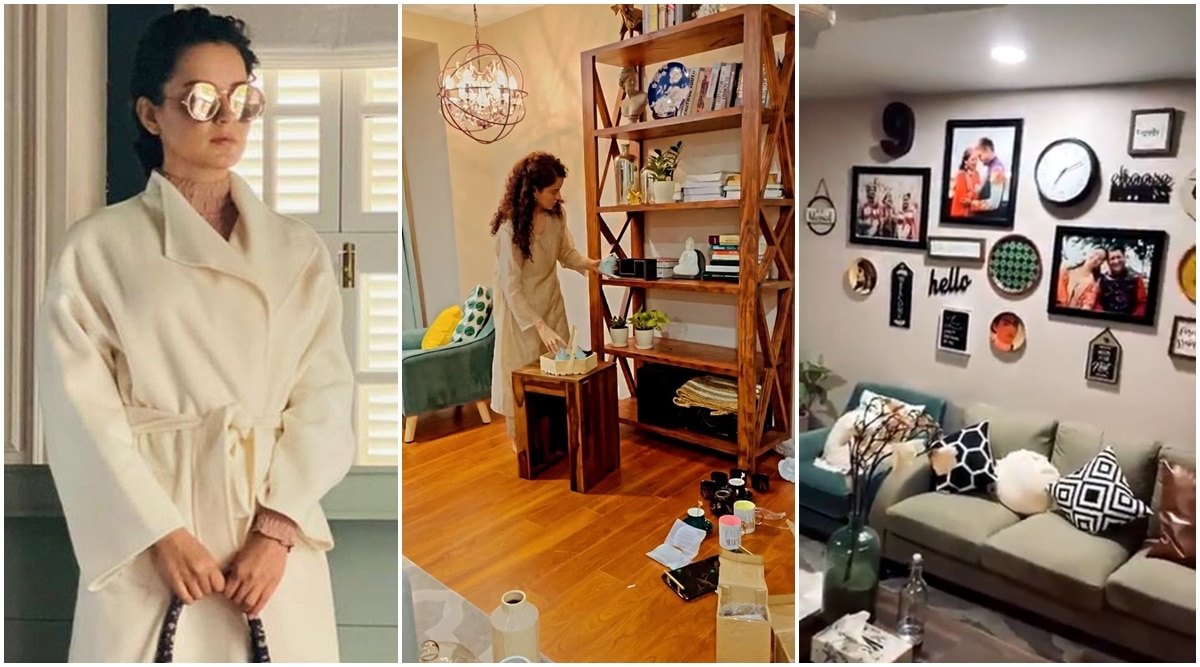Monkeys and Lutyens’ Delhi were perfect backdrop for satire: Eeb Allay Ooo! director Prateek Vats
A newspaper story of a monkey chaser in Lutyens’ Delhi was intriguing enough for Prateek Vats to file away and return to several years later when he felt the need to make a film reflecting an evolving India. The result is Eeb Allay Ooo!, a film the director describes as a satire “about a powerless man in a powerful place”.
The quirkily titled film, an onomatopoeic title based on the three sounds professional monkey chasers use, is about the “two-three square kilometre” power centre of the country through a working class perspective.
“It is the story of a powerless man in a powerful place. These places are made and run on the labour, blood, and sweat of these people but they don’t have any hope of ever accessing these areas,” Vats told PTI about his critically acclaimed debut.
The story of a migrant who ends up in an unusual government job was selected for the 70th Berlin International Film Festival, the Mumbai Film Festival and screened as part of the We Are One: A Global Film Festival before its theatrical release in December. The movie started streaming on Netflix recently.
Vats, who is in his 30s, grew up in Delhi and studied at Delhi University’s Kirori Mal College before shifting base to study at the Film and Television Institute of India in Pune. He said the film was born of his and his team’s need to “talk about the country” though they did not set out to make an issue-based film.
He had read about Mahinder Nath, a professional monkey chaser, in a newspaper four-five years ago and kept it aside as he was busy working on his documentary A Very Old Man with Enormous Wings, on the late bodybuilder Manohar Aich.
“I returned to it as I felt whatever was happening in the country, had stopped making sense. When we started looking at the job from this lens, we realised that this was a perfect story for this time as we could bring ‘desh ki baat’ through our characters, rather than making it about one family,” Vats said.
 Shardul Bhardwaj in Eeb Allay Ooo! (Photo: NaMa Productions)
Shardul Bhardwaj in Eeb Allay Ooo! (Photo: NaMa Productions)
The 97-minute film revolves around Anjani who moves to Delhi and finds a job as a monkey repeller. He is scared of monkeys and tries his best to excel at his job but without much success. The only respite from the dreariness of his job is his budding romance with his neighbour, who helps him discover the gentler side of the city.
The response to Eeb Allay Ooo! has melted away some of the anxiety that Vats, producer Shwetaabh Singh, writer Shubham, actor Shardul Bhardwaj and cinematographer Saumyananda Sahi, all FTII graduates, felt at the beginning.
“It is reassuring that you back your gut and make something and then many people join in because we are told to not start the journey in the first place. It’s very encouraging and energizing,” Vats said.
When they were researching the film, Lutyens’ Delhi with its large expanse and colonial architecture stood out as if a character of its own.
“It’s such a power centre, the corridors of power, so to speak… To look at it from the working class perspective and what they go through, how they see these spaces was something we wanted to explore,” he said.
Putting monkeys and a human story in the middle of it all increased the emotional and psychological scale of the film, he said. “Because you get the essence of what this two-three square kilometres of area is. It’s not just any part of any city. It is the heart of Indian democracy.”
“It just becomes a perfect backdrop for a satire and an evolving human story because this is what is supposed to guide the humans and the citizens of the country, this area,” he added.
According to Vats, the attempt was to not make villains out of people but examine the systemic oppression of people who don’t have job security or any certainty about their future.
“It has been for the past 10-15 years that class three and four workers were put under the contract system. They are hired and fired through contractors. These people are always stuck in this existential crisis. I believe the contract system is depriving India of its future because these people are earning so little that there is no dignity of life left,” he said.
Monkeys of Lutyens’ Delhi get a special thank at the beginning of the film as they really help expose the apathy of people towards those on the periphery.
“It was important to decide how to show the monkeys in the film and we spent a lot of time to get good shots,” Vats said.
Mahinder, who still works as a monkey repeller, plays an important role in the movie.
The migrant’s story in the film stood out for many who saw parallels to what happened during the lockdown when many in the cities, without job or food, took an arduous journey back home, sparking a crisis that dominated headlines for many months.
“When something like this happens, the insecurity of the middle-class is the first to manifest… We, willfully, ignore things and it is bound to burst. The migrant crisis was an explosion of a human tragedy.
“No matter how much China or Tablighi Jamat is shown on TV, when the migrant crisis is unfolding in front of you, it becomes difficult to ignore. Now we feel it is over, but it is not.”
The effort was to also not look at the film from the “victim-oppressor” binary, he said, adding that they wanted to puncture people’s expectations of how a working class person should be.
“It’s a patronising glass to look at people, it’s the gaze of the middle-class. We tried to escape that through a budding romance. What I find fascinating about Central Delhi is that it is a public space, people come to visit these places for a picnic.
“If you really want to see, you get to see a thousand types of faces and people. It is just that our gaze is always associated with power.”
Vats credits FTII for encouraging him to experiment and helping him meet and collaborate with like-minded creative people from different parts of the country.
“This is why I feel sad when a question is raised on the credibility of institutions like Delhi University, JNU, FTII… You have to explain every few years why these institutions exist. They do because they bring 10 different people together in one place for something of a shared goal, people of different caste and gender profiles. These places are the hope to bridge the inequality that has always existed in our country. Academic institutions push you to do something new, experiment. What’s the point of the modern state if it cannot make education and health accessible to its citizens,” he said.

